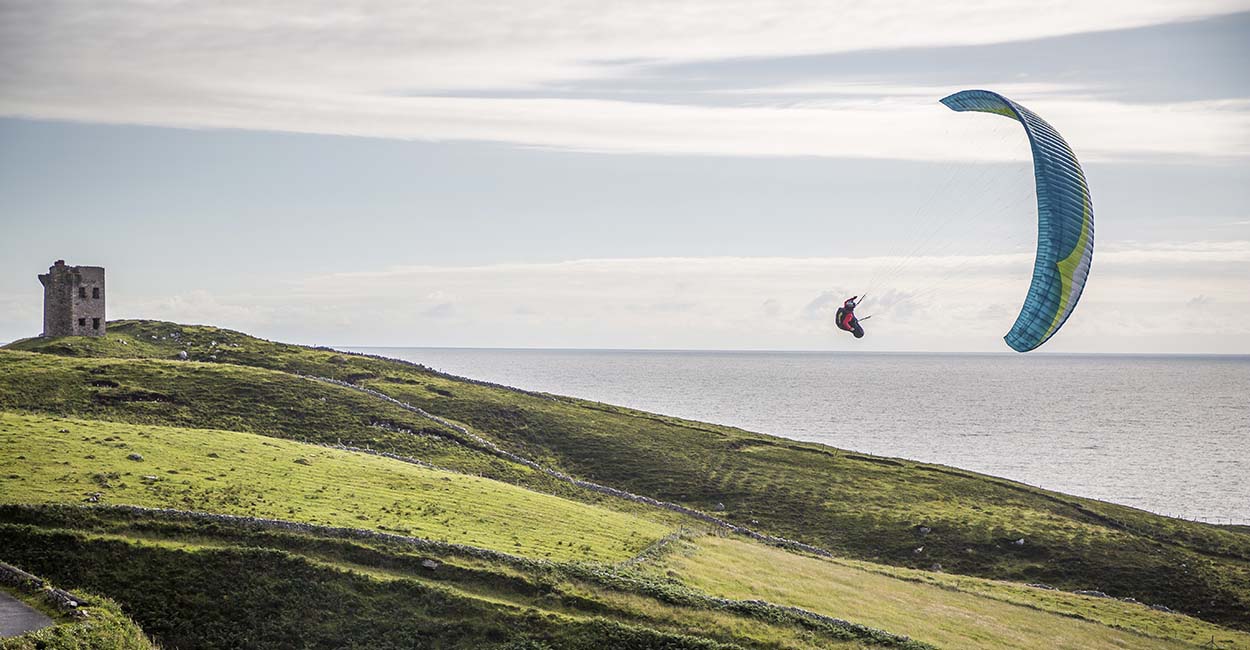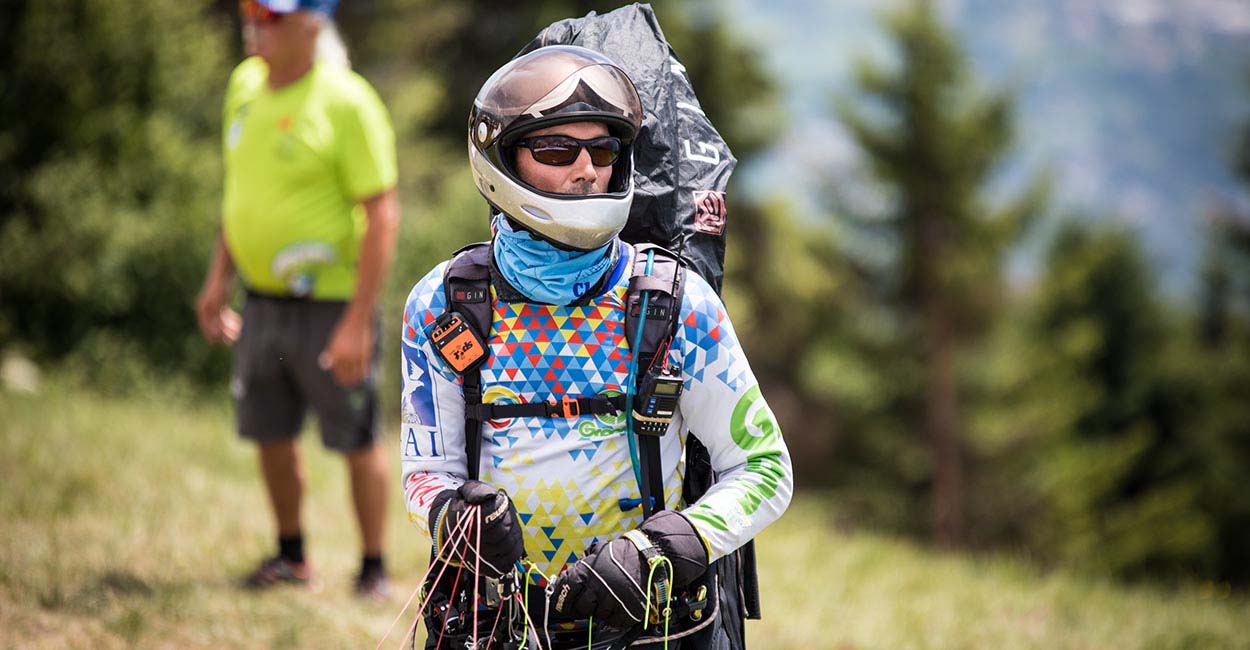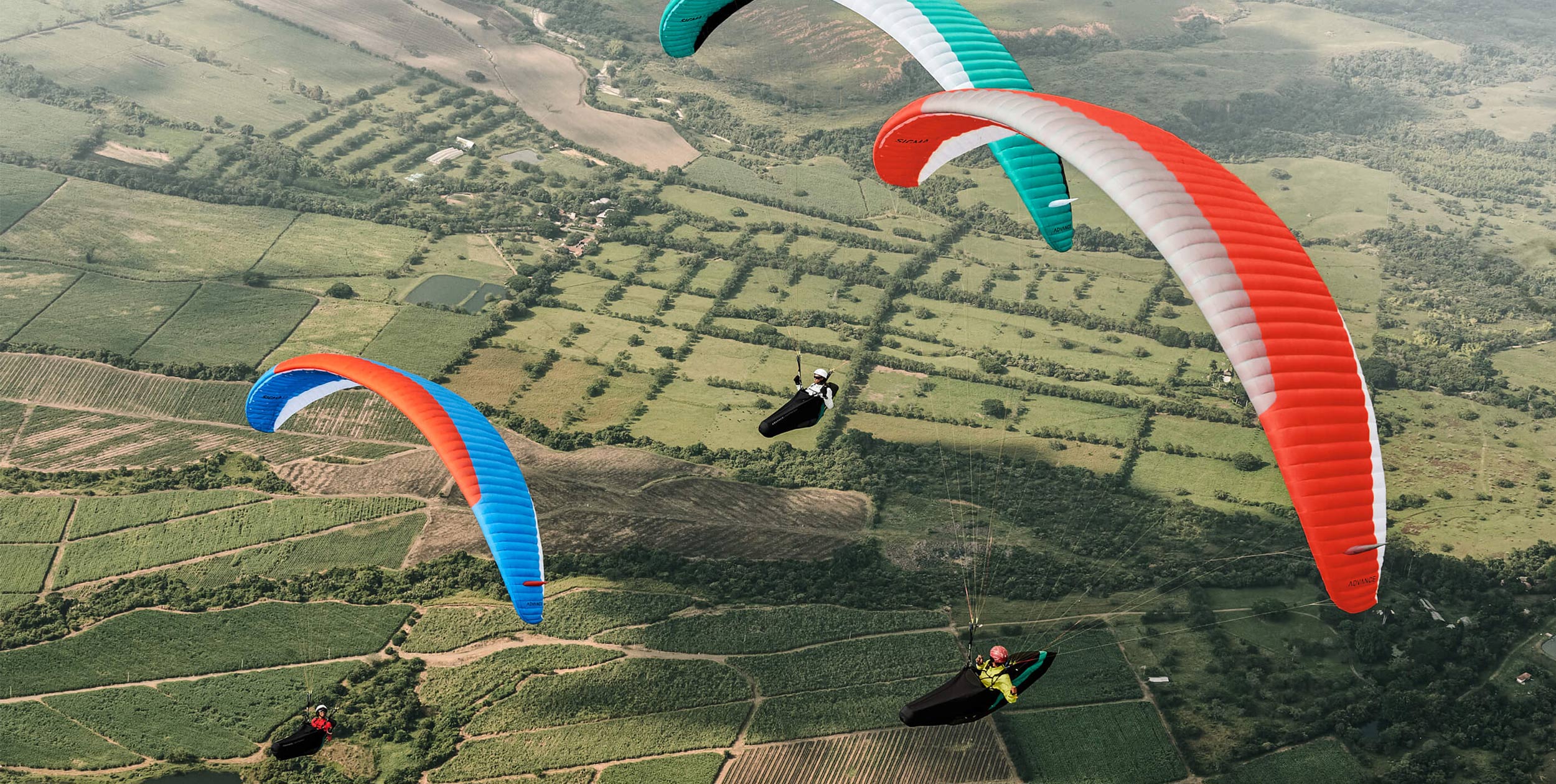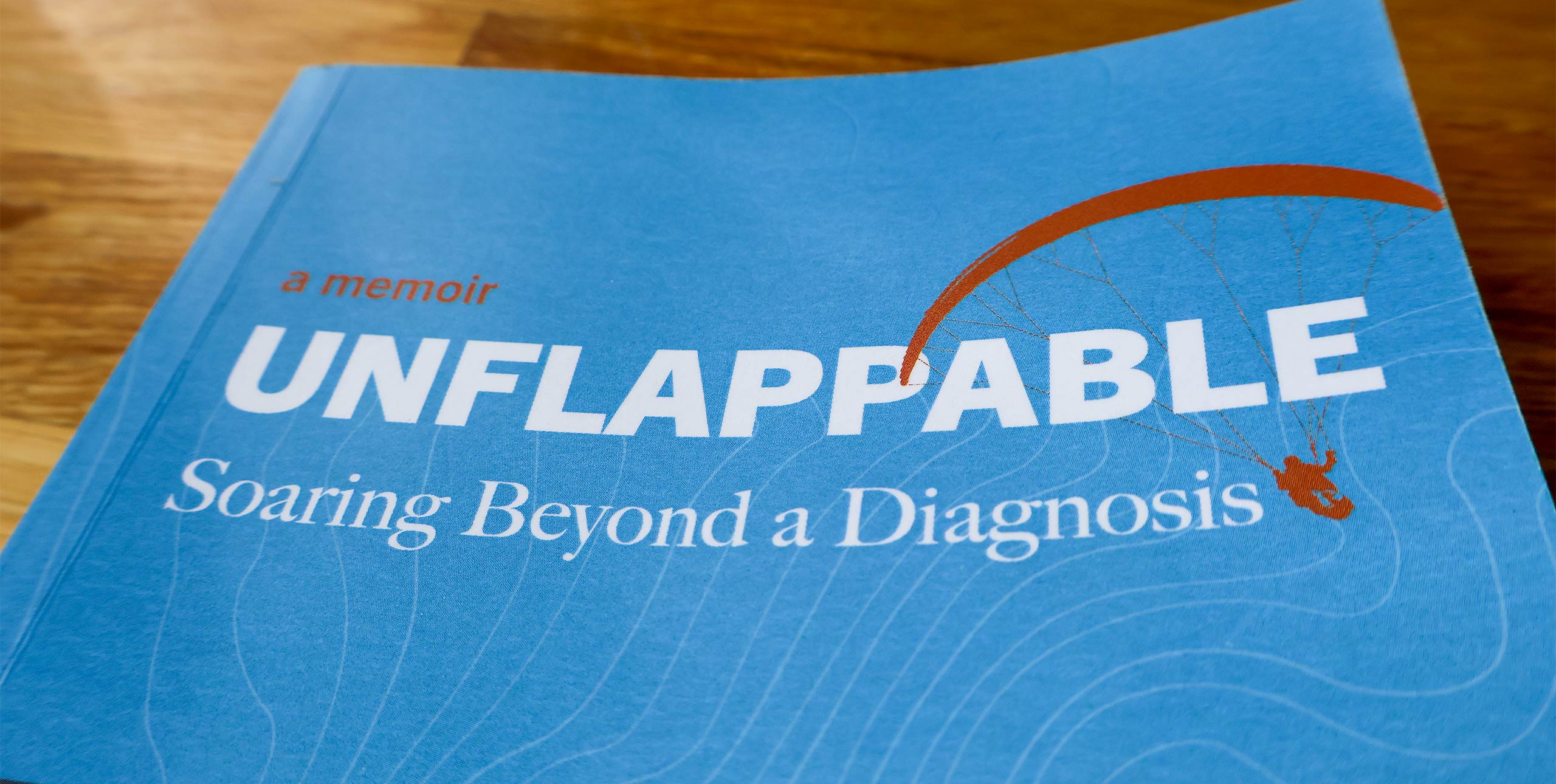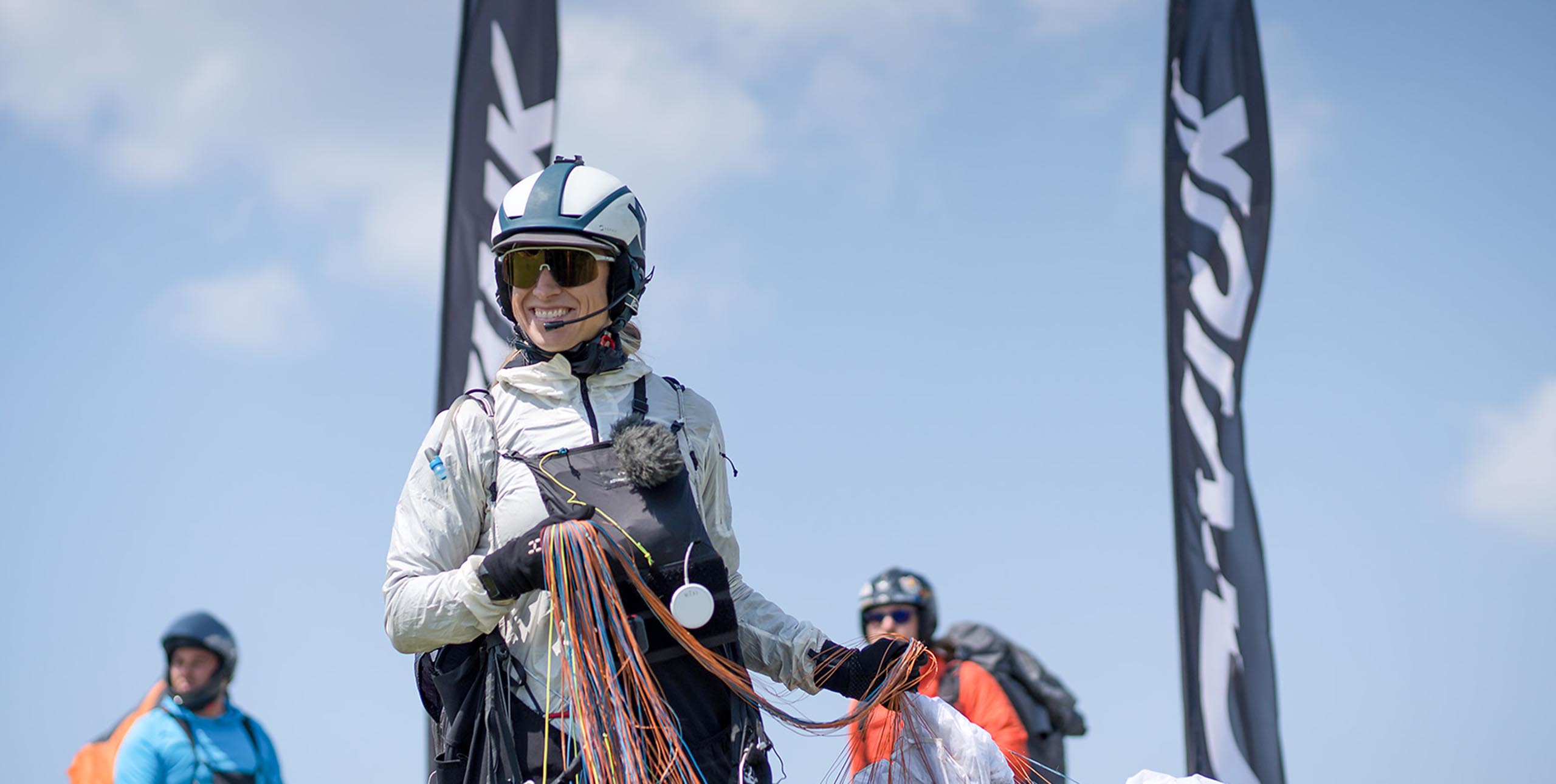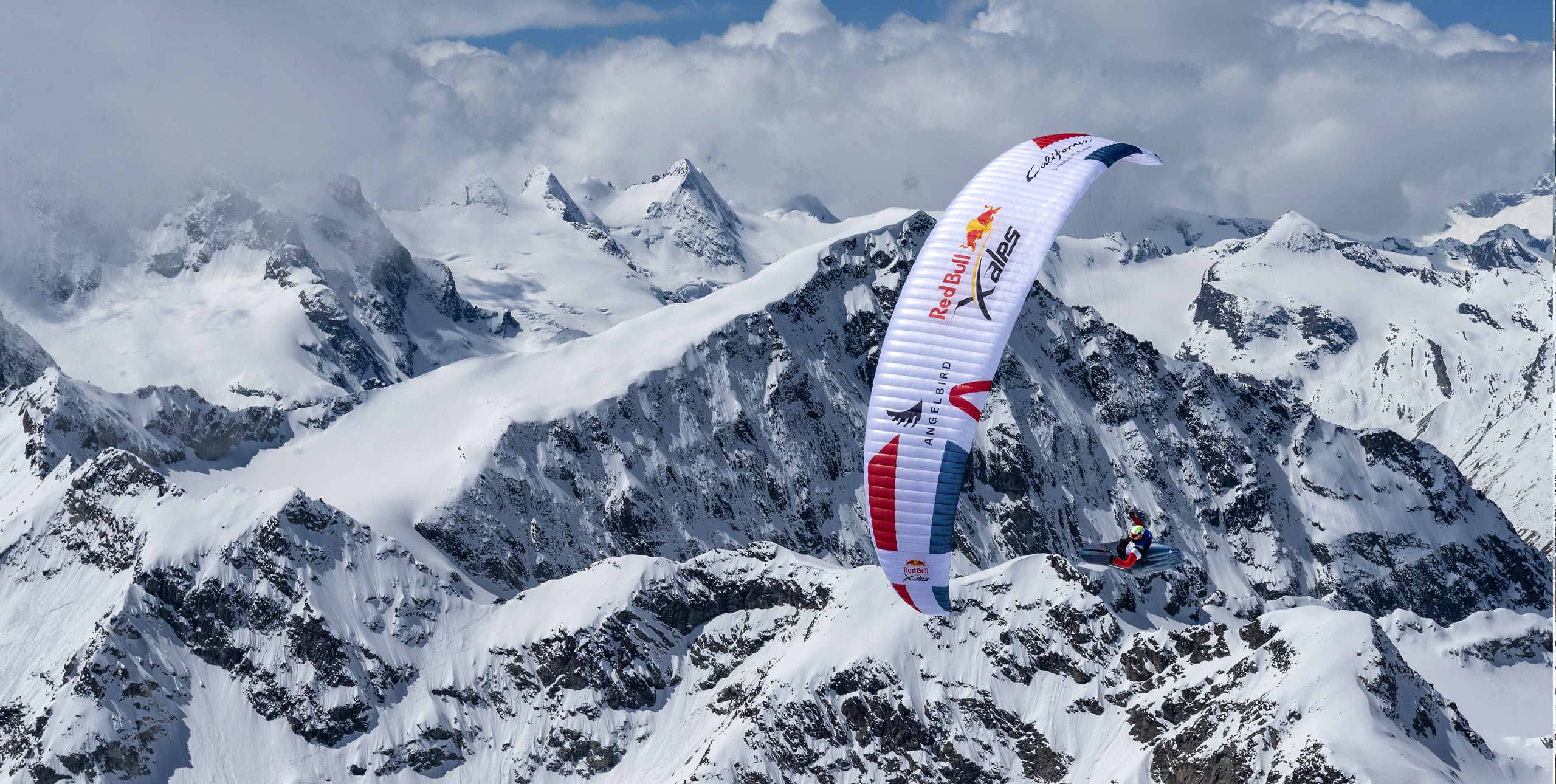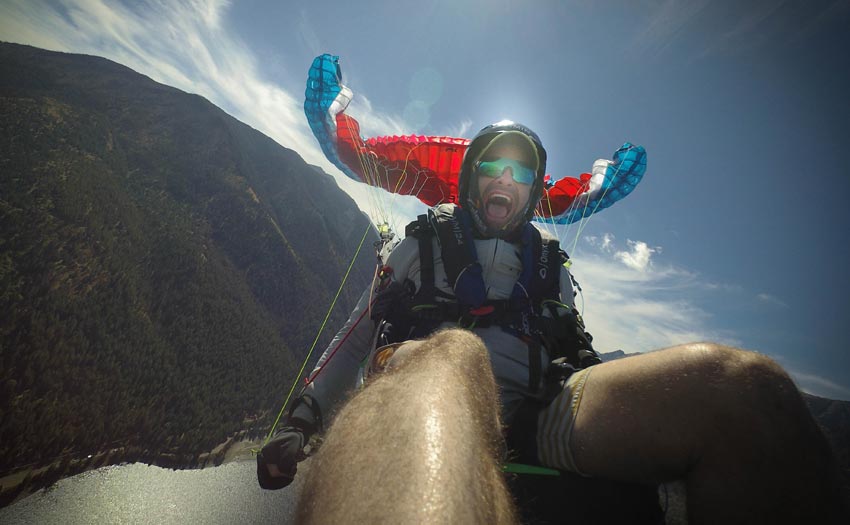
When I uploaded the first episode of the Cloudbase Mayhem podcast several years ago I never imagined it would become such a fun – and impactful – going concern.
Every time I reach out to someone I want to get on the show it reminds me of how special our community is. In most sports if we asked the best of the best to divulge their secrets they would give you a cheeky middle finger, but in paragliding and hang gliding we’ve all seen too many accidents and we’ve all got each other’s back and even the most legendary pilots feel like sharing what they know isn’t just fun, but a necessary community service.
I get dozens of emails a week from listeners who say things that never fail to make me smile (the range goes from “it saved my life” to “it makes the drives up to launch a lot more fun!”) as well as make me realise the lessons embedded in the podcasts are something even the most accomplished pilots need to hear.
The range of advice and lessons I’ve learned in the hundreds of hours of conversations with guys like Russ Ogden, Will Gadd, Chrigel Maurer, Bruce Goldsmith, Mads Syndergaard, Rafael Saladini, Antoine Laurens, Xandi Meschuh and the dozens of other legends who have freely given their time will some day become a book.
But there are two things I can share right now that come up again and again that if we, as a pilot community, took seriously and religiously practiced more than 90% of serious incidents could be eliminated.
It’s a bold claim, but one that most of the people I’ve interviewed share. I recently did an informal survey at a comp in Mexico and discovered these two things are still coming up short in most pilot’s repertoire.
The two things are wingovers and stalls.
Acro full stall
You should be able to do an acro full stall (if you don’t know what an acro full stall is you’ve got serious homework to do!) in your sleep. Literally it should cause no uptick in heart rate and the thought of doing one should be about as exciting as buttering your toast in the morning. In other words, a total non-event.
Done correctly a pilot will lose less than 15 metres of height and carry on like nothing had happened. Most pilots won’t get to this level until they’ve done at least 300 stalls, and then you need to keep doing them on a regular basis for the rest of your flying career. Have you done 300 stalls? If the answer is no, you’re in that risky 90%.
Wingovers
In my years of flying I’ve seen a handful of pilots who can do proper BIG wingovers. You should be able to do massive wingovers with no brake inputs whatsoever.
In Jocky Sanderson’s Performance Flying video his team takes you through the manoeuvre step-by-step and also provides warnings for when you get it wrong. They are one of the most complicated acrobatic manoeuvres to nail because the timing of weightshift is critical and small mistakes can immediately ricochet into big problems.
Of course the foundational skills of groundhandling and SIV training go hand-in-hand with becoming a good pilot and are the bedrock of learning these two manoeuvres, but if we could eliminate so many accidents by learning proper stalls and wingovers why are most pilots leaving these two critical skills behind? Is it fear? Laziness? I tend to think it is because, like all difficult things, they take time and commitment. And most pilots feel like when a good day comes around they should spend it in the air. Fair enough, but thankfully groundhandling, stalls and wingovers can be safely learned in the off-season, when cross country flights happen rarely.
Having an accident isn’t inevitable, but the odds are definitely stacked against us. What my guests on the podcast say over and over again is that there are some easy ways to radically increase the odds in your favour. Lets all make an effort to be honest with ourselves and sort out those pesky weaknesses. REMEMBER: Learn and practise full stalls with height, in an appropriate setting, over water, with a life jacket and with a rescue boat to hand. Always seek proper instruction before attempting manoeuvres like full stalls and wingovers for the first time. An SIV / Manoeuvres course is the best place to learn how to full stall.
This was originally published in Gavin’s column, The Skipper, issue 188 (April 2018).


